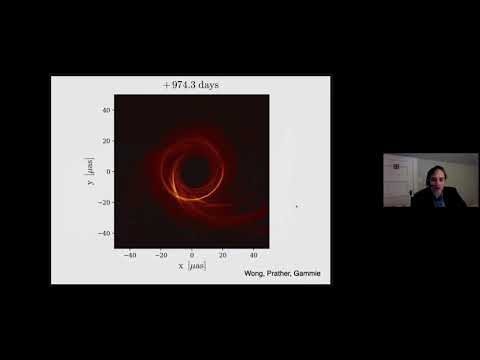Description:
Explore the groundbreaking achievement of capturing the first-ever image of a black hole in this public lecture by Sheperd Doeleman. Delve into the science behind black holes, Einstein's theories, and the innovative Event Horizon Telescope (EHT) project. Learn about the global collaboration of radio dishes and atomic clocks that formed an Earth-sized virtual telescope, enabling scientists to resolve and image supermassive black holes. Discover the details of the historic April 10, 2019 announcement, including the observed gravitational lensing that confirms General Relativity at a black hole's boundary. Gain insights into the technical challenges overcome, the first results obtained, and the future directions of black hole imaging. Follow the journey from theoretical predictions to practical observations, understanding concepts such as the Schwarzschild radius, strong gravitational lensing, and the black hole silhouette. Explore the EHT's expansion, baseline coverage, and the intricate imaging process that led to the final M87 black hole images. Conclude with a glimpse into the next-generation EHT and its potential for capturing dynamic black hole movies, pushing the boundaries of our understanding of these cosmic phenomena.
Read more

Seeing the Unseeable - Capturing an Image of a Black Hole
Add to list
#Conference Talks
#APS Physics
#Science
#Astronomy
#Astrophysics
#Black Holes
#Scientific Method
#Gravitational Lensing